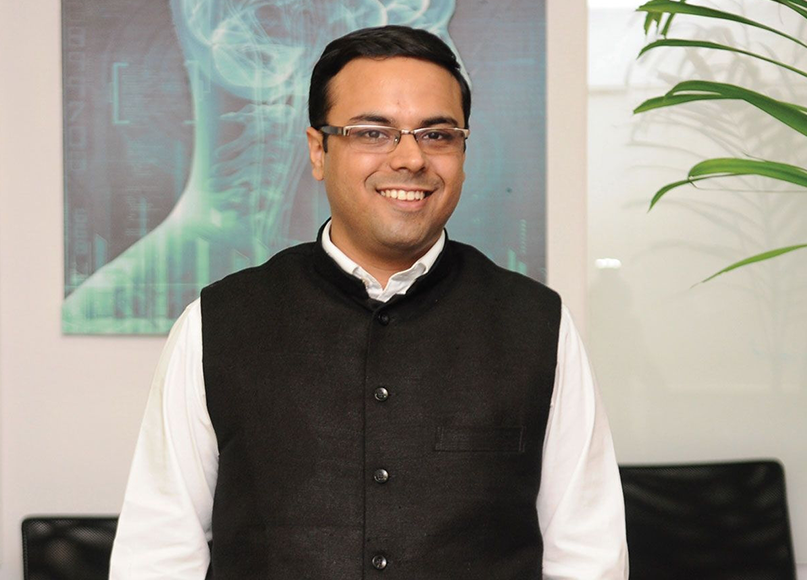Technology can do a lot of things. But as Indian inventor Umesh Sachdev discovered, people’s ability to interact with technology in their local language is critical to bridging the digital divide.
This is especially true in a country like India, where there are 122 official languages and at least one survey has found hundreds more. View this map to see a snapshot.
Sachdev has long believed in the power of technology to overcome barriers and solve problems. While conducting research on mobile devices to address crime, he discovered another – more fundamental – challenge.
While most households in India have a mobile phone, many do not use them to access public services or the Internet. Among the reasons why, Sachdev found that public services often are not available in local languages.
So together with his friend, Ravi Saraogi, Sachder took this knowledge, tapped into research already underway, and created a speech authentication and speech recognition program that enables people to interact with content in their local language.
The company he co-founded, Uniphore Software Systems, uses this program to help government authorities and corporate entities – like banks and primary health care centers – deliver services to customers in languages they understand.
Here Sachdev discusses his vision:
Sachdev and other innovators in India are paving the way for progress in many areas – from biotechnology and medicine to nanotechnology and computers. In fact, Sachdev was among TIME magazine’s “10 Millennials changing the world” and recognized by Mint and MIT Technology Review as one of India’s top innovators under 35.
A strong intellectual property system, in India as elsewhere around the globe, drives discovery and brings valuable new inventions to market, while growing local economies and moving the nations forward.


